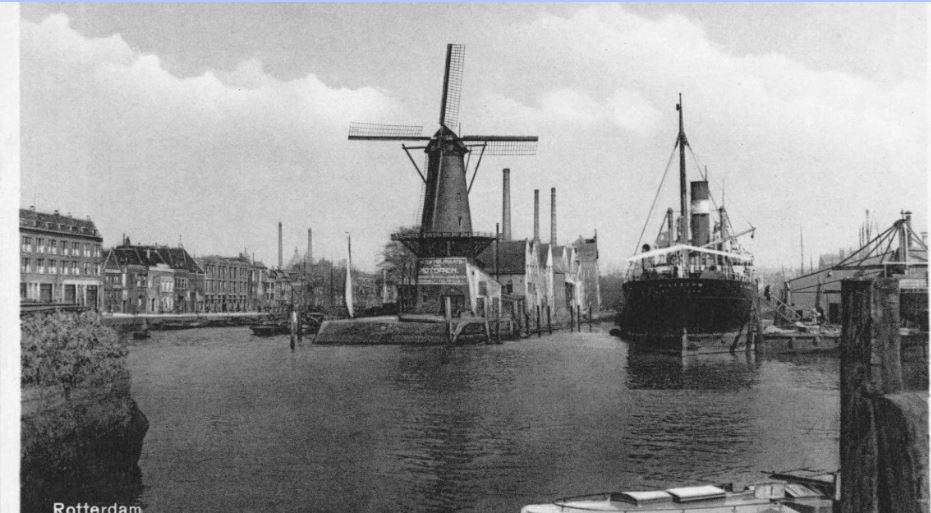Forced displacement often forces children out of school and into employment at a young age. This disruption in their human capital formation leads to poverty in the long term. This column demonstrates that unconditional cash transfers provided to refugee families in Turkey are successful in keeping children in school and out of the workforce. Moreover, the monthly transfers help alleviate extreme poverty and reduce the likelihood of refugees having to turn to harmful coping mechanisms. Ultimately, cash-based humanitarian aid can have lasting benefits for refugee children as they deal with the challenges of forced displacement.
Forced displacement has emerged as a primary concern for policymakers and the public worldwide, given the consistent rise in the number of refugees and internally displaced persons over the past decade. Turkey is one of the countries that hosts the largest refugee population in the world, with 3.1 million Syrians as of February 2024. The UNHCR estimated that 43.3 million children were forcibly displaced in 2022, representing 40% of the forcibly displaced population (UNHCR 2024). Forced displacement disrupts families’ lives and often means children have to leave school and enter the workforce at a young age (Ibáñez and Vélez 2008).
Keeping refugee children in school is an important policy goal, as schools provide skills that help them integrate into society and labour markets. However, there are many financial and non-financial barriers to accessing education for the refugee population. The economic hardship experienced by refugee families is substantial (Tekin-Koru 2020). For example, in 2016, 28.6% of Syrian refugees in Turkey were food insecure, and 93% were living below the national poverty line (WFP 2016). Many refugee household heads work in informal jobs without job security and earn below the minimum wage (Demirci and Kirdar 2023, Pinedo-Caro 2020). Children, especially boys, frequently work to help families meet their basic needs. Moreover, these children face disruption, losses, and psychological hardship due to forced displacement, making it harder for them to continue their education in a new country where they must adapt to the school system and overcome language barriers. Consequently, refugees are less likely to begin school, less likely to advance through grade levels, tend to have lower grades for their age compared to native children (Kirdar et al. 2023), and are more likely to work at young ages (Dayıoğlu et al. 2021).
The cash transfer programme in Turkey
In a recent paper (Aygun et al. 2024), my co-authors and I investigate whether the Emergency Social Safety Net (ESSN) programme, which offers unconditional cash transfers to refugee households in Turkey, can enhance children’s school enrolment and reduce child labour. ESSN is the largest humanitarian cash transfer program globally, benefiting over 1.5 million recipients (IFRC 2024). It was established in November 2016 and is financed by the EU. ESSN delivers regular monthly cash transfers to vulnerable refugee families who meet one of the eligibility criteria based on the household’s demographic makeup.
Cash transfer amounts are significant compared to the monthly earnings from work for refugees. In 2017, the average six-member Syrian family in Turkey received a monthly payment that equated to 55% of the average monthly earnings of Syrian men and 43% of Turkey’s minimum monthly wage. The transfer payments are given out in instalments on debit cards provided to the recipients, which can be used to withdraw cash or make purchases.
Addressing child labour and non-enrolment via cash transfers
Using data collected by the World Food Programme (WFP) in 2018 from a representative sample of refugees in Turkey, we found that the ESSN cash transfers effectively increase school enrolment among refugee children. Receiving ESSN transfers reduces the percentage of boys not in school from 28.4% to 10.4% (a decrease of 64%) and the percentage of girls not in school from 24.9% to 10.3% (a decrease of 59%). There is also a significant decrease in child labour as a result of receiving transfers. The percentage of boys working decreases from 17.0% to 2.4% (an 86% decrease), and the percentage of girls working decreases from 3.3% to 0.2% (a 95% decrease).
To explain how the cash transfers had this remarkable impact, we tested different mechanisms that could be in effect. We demonstrate that the ESSN cash transfers are the primary source of income for half of the beneficiaries and the secondary or tertiary source of income for more than 30%. Receiving the cash transfer lowers the extreme poverty gap by 72%. This means the transfers helped close the gap between the consumption levels of the poorest refugee households and the extreme poverty threshold (corresponding to the first quintile of consumption in our dataset).
Additionally, we found that modest ESSN cash transfers effectively reduce the frequency of certain types of harmful coping behaviours when a family lacks food, calculated as the reduced coping strategy index (rCSI). Examples of these harmful behaviours include reducing the portion size of meals, reducing the number of meals eaten per day, and restricting consumption by adults so that children can eat. Also, refugees are less likely to take harmful measures to cope with insufficient income, measured by the Livelihood Coping Strategy index that aggregates 13 behaviours such as reducing essential non-food expenditures like education or health, marrying children under age 16, begging, and accepting high-risk or illegal, exploitative temporary jobs.
Cash transfers help with indirect costs related to schooling. These transfers significantly reduce the number of children who are not enrolled in school due to having to work by 14.4 percentage points, decreasing it from 19.0% to 4.6% (a decrease of 76%). They also reduce the number of children not attending school because of household responsibilities by 5.8 percentage points, eliminating non-enrolment for this reason. Furthermore, there is some indication that the cash transfers alleviate the direct cost of schooling as non-enrolment due to schooling costs decreases by 5.6 percentage points, reducing from 7.0% to 1.4% (an 80% reduction).
Heterogeneous effects of the cash transfers
The positive effects of cash transfers vary according to household characteristics and are generally stronger for the more vulnerable households. Children in the poorest households (measured by the per capita consumption level) benefit the most from the cash transfer. A greater impact is seen in households where the head has no education than in those with a household head with a primary to high school education. Cash transfers encourage children’s school attendance in larger households that receive higher cash payments. Additionally, families who have been in Turkey for a longer period experience stronger effects than more recent arrivals. The effect of the cash transfers also varies by the children’s age, with children aged 12-14 benefiting the most in terms of school attendance.
Policy implications
There is a pressing policy debate about immediate and innovative solutions to address forced displacement and its impacts on children. While it is essential to develop sustainable, long-term strategies to support displaced populations and their host countries’ integration efforts, using cash transfers to support the refugees can effectively address humanitarian needs (Tappis and Doocy 2018, ODI 2017). However, it’s imperative to expand the evidence base for humanitarian actions (Carbonnier 2017) or humanitarian social protection (Peterman et al. 2019). Our findings demonstrate that cash-based assistance can generate non-monetary outcomes, such as increased school enrolment, even with relatively modest transfers.
In the context of the programme assessed in Turkey, two key factors emerged that were likely to enhance the effectiveness of the ESSN program. Firstly, the school system in Turkey was open to and capable of accommodating Syrian refugees. Secondly, several educational initiatives have been put in place to facilitate the integration of Syrian refugees into the education system through collaborations between international NGOs and the Turkish government. These initiatives encompass early childhood education, Turkish language training, classes in Arabic language, remedial sessions to address educational gaps, school infrastructure projects, textbook and transportation subsidies, and teacher training. Therefore, our research findings are relevant in contexts where educational and administrative capacities are adequately equipped to enrol and educate refugee children.
Source : VOXeu






